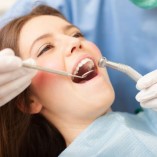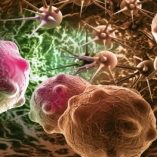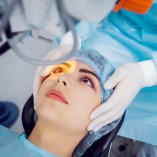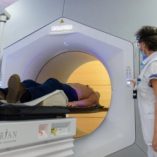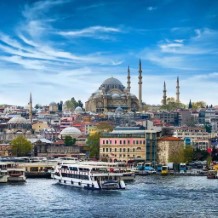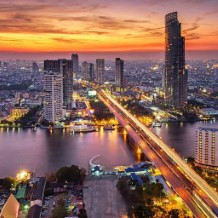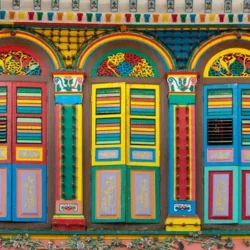What is Rhinoplasty?
Rhinoplasty, commonly known as a “nose job,” is a surgical procedure designed to enhance the appearance and/or functionality of the nose. It involves reshaping or reconstructing the nose to achieve aesthetic improvements or correct structural issues that may affect breathing or nasal function.
- Cosmetic Rhinoplasty: Focuses on enhancing the aesthetic appearance of the nose, addressing issues such as size, shape, symmetry, or nasal proportions.
- Functional Rhinoplasty: Primarily aims to improve nasal function by addressing issues like breathing difficulties, septal deviations, or nasal valve collapse.
- Revision Rhinoplasty: Performed to correct or enhance the results of a previous rhinoplasty surgery, addressing any complications or achieving further improvements.
Rhinoplasty
Table of content
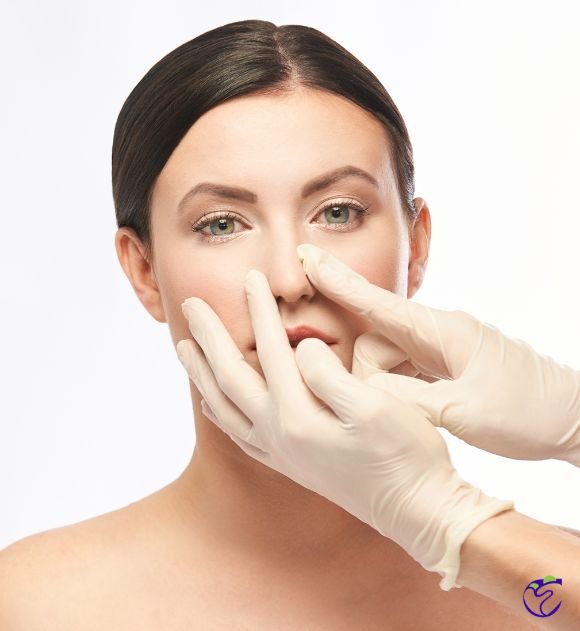
Why Rhinoplasty?
- Aesthetic Reasons: Many individuals opt for rhinoplasty to alter the size, shape, or symmetry of their noses, enhancing facial harmony and achieving a more proportionate appearance. It can address concerns like a prominent hump, wide nostrils, crookedness, or a bulbous tip.
- Functional Improvement: Beyond cosmetic reasons, rhinoplasty can also be performed to correct structural defects that hinder breathing, such as a deviated septum or nasal valve collapse. This aspect of rhinoplasty, known as septoplasty, focuses on improving nasal function and airflow.

Impact of Rhinoplasty
- Enhanced Self-Confidence: A successful rhinoplasty can significantly impact an individual’s self-esteem and self-confidence. Feeling more satisfied with one’s appearance often leads to increased confidence in social interactions and personal relationships.
- Improved Facial Harmony: Altering the nose’s appearance can have a profound effect on the overall facial balance and harmony. A well-performed rhinoplasty can bring about facial features that complement each other, contributing to a more aesthetically pleasing look.
- Functional Benefits: When rhinoplasty addresses functional issues, such as a deviated septum or breathing difficulties, patients often experience improved breathing, better sleep quality, and reduced nasal congestion, enhancing overall quality of life.
- Psychological Impact: Patients often report increased happiness and satisfaction following a successful rhinoplasty, leading to a positive impact on their mental and emotional well-being.
Estimated Pricing
Turkey
$1,750
Select options
This product has multiple variants. The options may be chosen on the product page
India
$3,000
Select options
This product has multiple variants. The options may be chosen on the product page
Thailand
$1,200
Select options
This product has multiple variants. The options may be chosen on the product page
Frequently Asked Questions
What is rhinoplasty?
Rhinoplasty, commonly referred to as a nose job, is a surgical procedure that alters the shape of the nose for cosmetic or functional reasons.
Who is a good candidate for rhinoplasty?
Ideal candidates are individuals who are unhappy with the appearance of their nose, have breathing issues due to the structure of their nose, or have suffered nasal trauma. They should be in good overall health and have realistic expectations.
What are the different types of rhinoplasty?
Types include cosmetic rhinoplasty, functional rhinoplasty (to improve breathing), revision rhinoplasty (correction of a previous surgery), and ethnic rhinoplasty (tailored to maintain ethnic characteristics).
How is rhinoplasty performed?
The procedure can be done using a closed approach (incisions hidden inside the nostrils) or an open approach (an additional incision on the underside of the nose), depending on the specific modifications needed.
What should I expect during recovery from rhinoplasty?
Recovery typically involves swelling, bruising, and discomfort for the first few weeks. Splints or packing may be used inside the nose during the initial healing phase. Most people return to work within 1-2 weeks.
Are the results of rhinoplasty permanent?
Yes, the changes made during rhinoplasty are permanent, although it can take up to a year for the final shape to stabilize fully.
What are the risks associated with rhinoplasty?
Risks include bleeding, infection, breathing difficulties, dissatisfaction with the aesthetic outcome, and the need for revision surgery.
Can rhinoplasty improve breathing problems?
Yes, if the breathing issues are caused by structural abnormalities in the nose, functional rhinoplasty can address these to improve air flow and breathing.
Contact us







